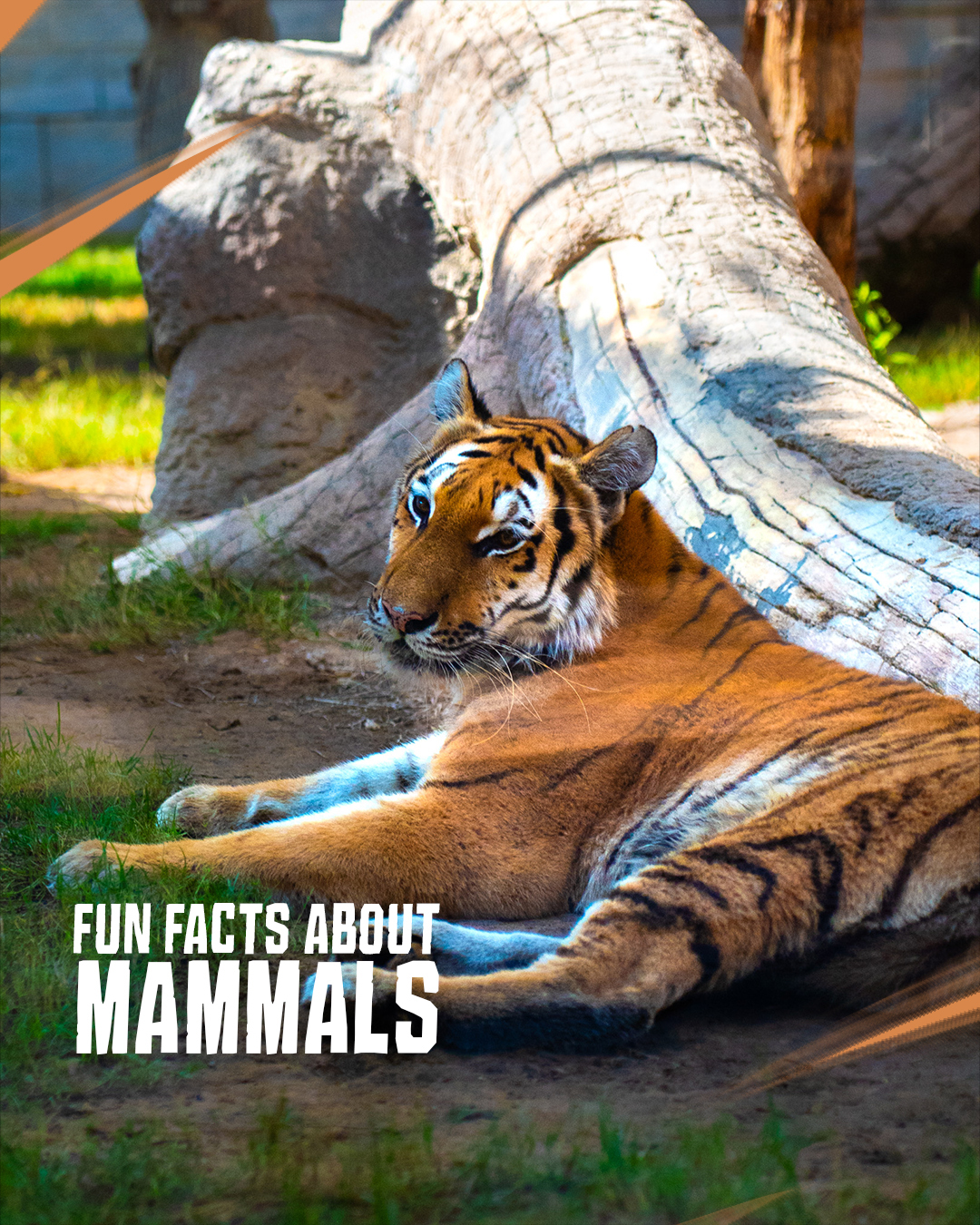- Mammals‘ ability to maintain warm-bloodedness and regulate body temperature allows survival in diverse climates.
- The presence of hair or fur across all mammal species contributes to survival functions such as insulation and sensory perception.
- The reproductive adaptation of bearing live young is a distinctive characteristic of mammalian life cycles.
- The diverse populations of mammals, including apex predators and large herbivores, highlight ecological complexities and conservation needs.
- Human interaction with mammals in various environments has significant impacts on biodiversity and conservation efforts.
Mammals, a diverse class of the animal kingdom, have carved out unique ecological niches across the planet due to their evolutionary adaptations. One of their defining traits is being warm-blooded, also known as endothermy. This physiological trait enables mammals to maintain a constant internal body temperature regardless of external environmental fluctuations. This homeostasis is achieved through a combination of metabolic processes. As a result, mammals thrive from the icy expanses of the Arctic tundra to the scorching sands of deserts. In colder environments, mammals can generate heat through shivering and non-shivering thermogenesis, while in hotter climates, mechanisms like panting and sweating help dissipate excess heat.
The presence of hair or fur is another key feature shared by all mammals, providing several survival advantages. Fur’s primary function is insulation, critical for maintaining body temperature across variable climates. Additionally, fur plays a role in camouflage, aiding in predator evasion or hunting prowess. Beyond purely physical functions, certain mammals possess specialized hair structures serving sensory roles, such as whiskers (vibrissae), which can detect nearby objects through vibrations, enhancing navigational abilities. This adaptability illustrates mammals’ remarkable versatility in diverse habitats.
Mammalian reproduction presents another fascinating aspect of their biology. Unlike reptiles and birds that generally lay eggs externally, most mammals give birth to live young, allowing their offspring to develop safely within the mother’s womb. This internal gestation provides developing young with a stable environment, protection from predators, and consistent nourishment through placental connections or lactation. After birth, mammalian mothers often exhibit extensive parental care, ensuring the survival of their young until they can fend for themselves. This reproductive strategy emphasizes the importance of close kinship bonds and nurturing in ensuring generational continuity.
The mammalian kingdom is populated by an array of species, each exemplifying specific ecological roles. Apex predators like the Siberian Tiger and Jaguar play critical roles in regulating prey populations, maintaining ecological balance. Meanwhile, large herbivores such as the Asian Elephant contribute to ecosystem engineering through seed dispersal and habitat modification. Understanding these interactions underscores the intricate balance of ecosystems and the impact of each species within them. However, many mammal populations face pressing threats from habitat loss, climate change, and human activities, necessitating concerted conservation efforts.
Human interactions with mammals range from admiration and conservation efforts to exploitation and habitat encroachment. Zoos and wildlife sanctuaries have become key players in conservation by promoting awareness and fostering breeding programs to bolster endangered species populations. Unfortunately, habitat destruction and climate change accelerate the decline of many mammal species, prompting a concerted response to these conservation challenges. Through ecological understanding and proactive stewardship, humans can mitigate adverse impacts on these essential organisms and help preserve biodiversity for future generations. Initiatives promoting human-wildlife coexistence and sustainable development are crucial for the health of the planet’s ecosystems.
By appreciating the biological and ecological significance of mammals, humans can foster a deeper commitment to nurturing the natural world. Educating the public about the necessity of mammals in global biodiversity is paramount to conservation success. Embracing sustainable solutions and preserving natural habitats will help ensure the long-term survival of these remarkable creatures, securing ecological balance and prosperity for all Earth’s inhabitants.
*****
Source Description
Did you know?
1. Mammals are warm-blooded, allowing them to thrive in environments from the freezing Arctic to hot deserts.
2. Mammals all have some form of hair or fur, which helps with warmth, survival, and even sensory functions.
3. Majority of mammals give birth to live young, nurturing them in the safety and comfort of the mother’s womb. 🐾
🌟 Visit to meet incredible mammals like the Siberian Tiger, Jaguar, Asian Elephant, and more. Come see these amazing creatures up close! 🐘🐆
هل تعلم؟
1. الثدييات من الكائنات ذوات الدم الحار، مما يمكّنها من العيش في بيئات تتراوح بين القطب الشمالي المتجمد والصحاري الحارّة.
2. تمتلك جميع الثدييات شكلًا من أشكال الشعر أو الفراء، والذي يساعدها على الدفء، والبقاء على قيد الحياة، وحتى أداء وظائف حسية.
3. معظم الثدييات تلد صغارها أحياء، حيث تنمو بأمان وراحة داخل رحم الأم. 🐾
زوروا واكتشفوا الثدييات المذهلة عن قرب، مثل النمر السيبيري، الجاكوار، الفيل الآسيوي، والمزيد. 🐘🐆


